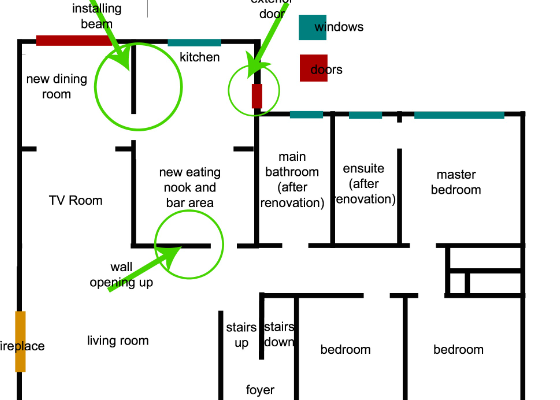Restaurant background music is a crucial element in creating a positive Guest Experience. It has the power to influence customer behavior and increase revenue.
Fast-paced music inspires patrons to eat more quickly, boosting table turnover. On the other hand, slow-tempo music encourages diners to linger and spend more on drinks and desserts.
The right kind of music can make your restaurant’s atmosphere more pleasant, whether running a fast-food joint or a high-end eatery. The piece has enhanced mood and even improved eating patterns, helping diners enjoy their meals and spend more at your establishment.
While many restaurants play music, it’s often forgotten how important the right tunes can be. Choosing a suitable theme is vital to increasing sales and creating an enjoyable atmosphere for your guests. It can also be a great way to promote your business and distinguish yourself from your competitors.
The music you choose for your restaurant should match its unique brand identity and customer base. A casual cafe may opt for easygoing tunes, while a restaurant with a more sophisticated concept should stick to classical or soothing melodies. The tempo and rhythm of the music can also influence customers’ emotions and behaviors. For example, a study conducted in a high-end restaurant found that the BL-classical and CD-classical conditions had a more significant impact on consumers’ emotions and behavioral responses than BL-jazz and CD-jazz, respectively.
Table of Contents
Mood
Whether you’re looking to create an atmosphere of calm and serenity or upbeat excitement, the mood of your background music can make all the difference. How your customers respond to the music played around them is a crucial part of their overall dining experience and can have a lasting impact on their decision to return.
Background music is a style of musical performance intended to be played in the background rather than listened to with full attention. It is most commonly heard in public spaces, such as the piped music in department stores and restaurants. It can also be used in artificial areas, such as the music played while on hold during a telephone call or the ambient sounds of virtual spaces.
Regarding restaurant music, much research has been done on the effects of background music on the audience’s behavior and emotions. While some studies have shown that reading comprehension is enhanced by classical music and repetitive melody with a narrow tonal range, other behavioral studies have demonstrated the adverse effects of such music on cognitive performance and brain wave activity during face encoding.
When choosing background music for restaurants, choosing soothing or relaxing piano pieces is essential. This type of music is known to reduce stress and anxiety, improve concentration, and increase efficiency. They often wrote Nocturnes, which are quiet & sedate and perfect for background music.
Energy
Well-selected background music can connect the audience with your content emotionally. In addition, well-selected background music can evoke memories and emotions from your audience members that will deepen their learning experience. However, behavioral studies have shown that different types of music can influence the effectiveness of background music. For example, specific genres of music have been found to improve reading comprehension, such as Mozart’s music, slow-tempo songs, and repetitive music with a narrow tonal range.
Atmosphere
A great atmosphere is a big part of why people go out for dinner. It cannot be created with hot servers or cheesy gimmicks, but rather the combination of everything from food to decor, making it an enjoyable place to spend time. A positive atmosphere will keep new customers coming in and old ones returning regularly, which will help increase revenue.
Background music is any musical performance that is not intended to be the primary focus of listeners. It is usually played in public spaces and aims to affect emotional and behavioral responses, such as concentration, distraction, and relaxation.
It is typically played at shallow volumes by multiple small speakers distributing it across broad public spaces. It is commonly used in offices, stores, and restaurants to enhance customer experience. Still, it is also widely used in virtual rooms (such as when on hold during a telephone call) and gaming environments. It is also used in educational settings to increase attention spans and enhance learning.
Entertainment
While a restaurant’s décor and beautifully-plated dishes are a significant part of its dining experience, providing subtle entertainment is also important. For example, placing a couple of old-school arcade games in your bar makes it easy to entertain customers and create an Instagram-worthy picture.
While music can provide an emotional connection with your audience, it should never be used to replace the visuals on screen. This is especially important in instructional videos, where the right background music can make or break how well your message is received.
The earliest film pioneers knew this when they paired silent films with music to enhance the viewer’s experience. Background music is also commonly used in public spaces, such as pumped through commercial elevators and retail hallways. This type of music is typically non-diegetic, meaning it is not a direct part of the scene being shot—e.g., the Cantina Band music in Star Wars. Instead, it’s meant to be a soundtrack for a scene’s overall mood and action. It is also commonly used in customer-facing settings, such as music on hold during a telephone call.





